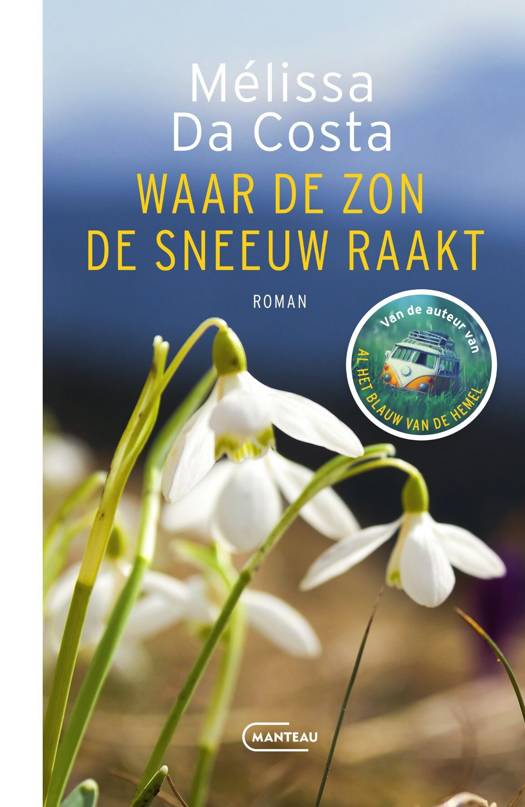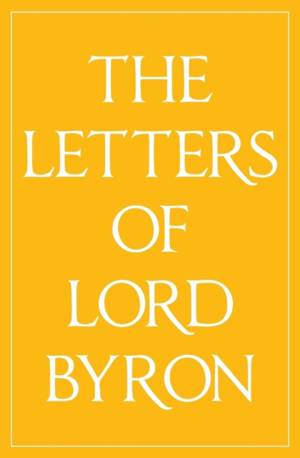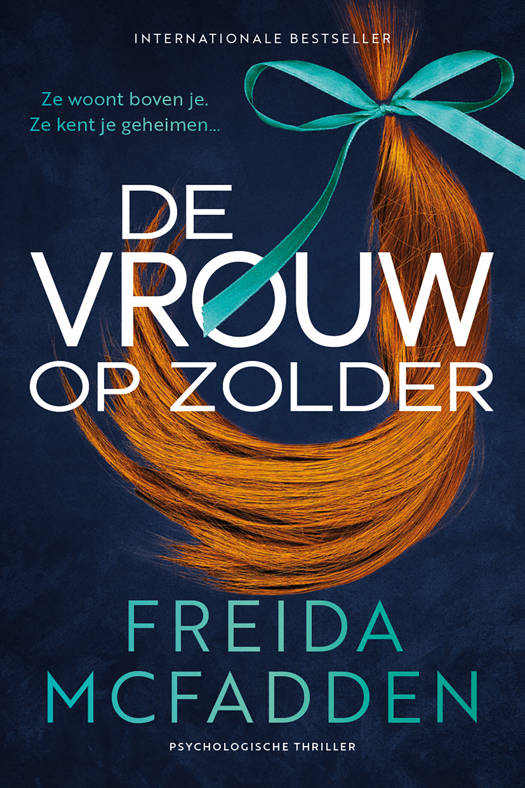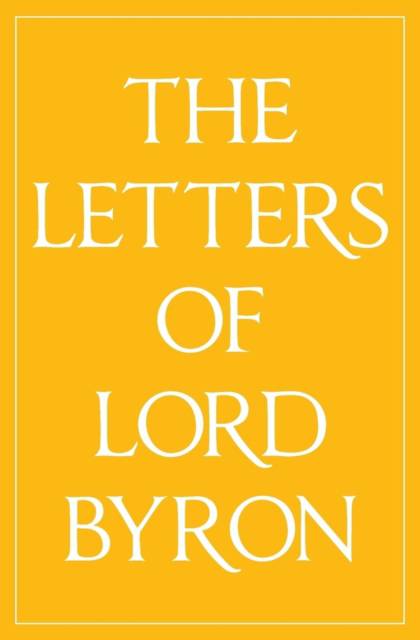
- Afhalen na 1 uur in een winkel met voorraad
- Gratis thuislevering in België vanaf € 30
- Ruim aanbod met 7 miljoen producten
- Afhalen na 1 uur in een winkel met voorraad
- Gratis thuislevering in België vanaf € 30
- Ruim aanbod met 7 miljoen producten
Zoeken
Omschrijving
Was Lord Byron "mad, bad and dangerous to know" as Lady Caroline Lamb averred? Does the popular picture of him bear scrutiny? The best way to find out is to hear from the man himself. Byron's works were enormously varied; their portent changed as his life moved from the uncomfortable ease of Britain to the stimulating exile of Europe, and Italy in particular. It is in his personal writings that we are able to tie together all of his disparities, both of work and personal reputation, into a unified whole. These 284 letters and letter-excerpts vividly portray a magnificently independent man of means whose impatience with brow-beating, mediocrity and convention was legendary. Ranging from an early epistle to his mother at the age of 11, to heartfelt mourning of the loss of dear friends, to exchanges in love, to all the to and fro of publishing most of his extraordinary works, to the celebration of lifelong connections, to criticism of society and its literary adherents, to political and military machinations in Italy and, finally, Greece, these letters are better than autobiography - they are the brilliant record of life as it was lived day-to-day by one of the most notable men of his era. GEORGE GORDON, sixth Lord Byron, was born in 1788. After schooling at Harrow, and university at Cambridge, he left on the Grand Tour of Europe and the East. On his return his mother died and he assumed full control of the family's considerable estates. He married Anne Isabella Milbanke in 1815, but the marriage quickly soured. They had a daughter Ada. After the controversy of his divorce he settled in Italy, where he had a short-lived affair with Claire Clairmont, the stepsister of Shelley's wife Mary, which also produced a daughter, Allegra. Byron entered into a long-term relationship while in Italy with the married Countess Guiccioli, which proved the most comfortable liaison of his life by far. His daughter Allegra died of an unspecified complaint in an Italian convent in 1822. Byron's belief in the cause of Greek independence from the Ottoman Turks caused him to fund their cause significantly, and take a part in the fighting, from 1823. He died of a fever during the Greek campaign in 1824.
Specificaties
Betrokkenen
- Auteur(s):
- Uitgeverij:
Inhoud
- Aantal bladzijden:
- 528
- Taal:
- Engels
Eigenschappen
- Productcode (EAN):
- 9780992523473
- Verschijningsdatum:
- 25/11/2014
- Uitvoering:
- Paperback
- Formaat:
- Trade paperback (VS)
- Afmetingen:
- 133 mm x 203 mm
- Gewicht:
- 544 g

Alleen bij Standaard Boekhandel
+ 54 punten op je klantenkaart van Standaard Boekhandel
Beoordelingen
We publiceren alleen reviews die voldoen aan de voorwaarden voor reviews. Bekijk onze voorwaarden voor reviews.











